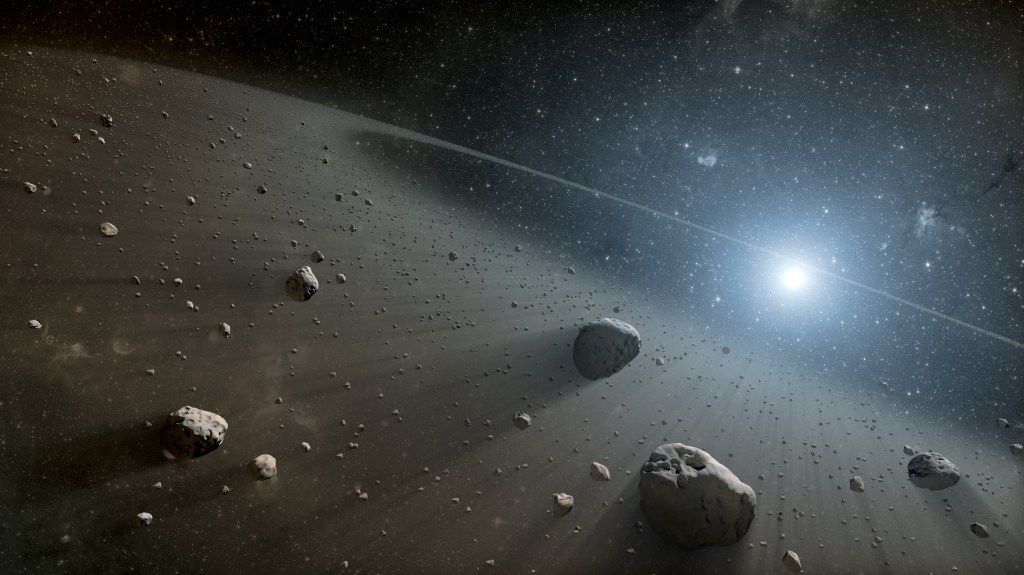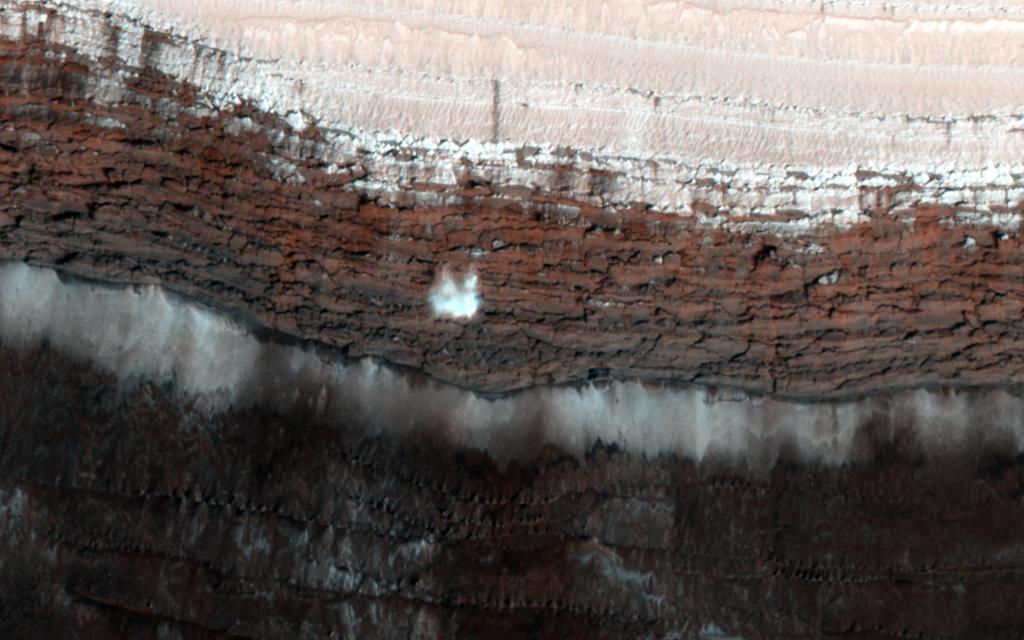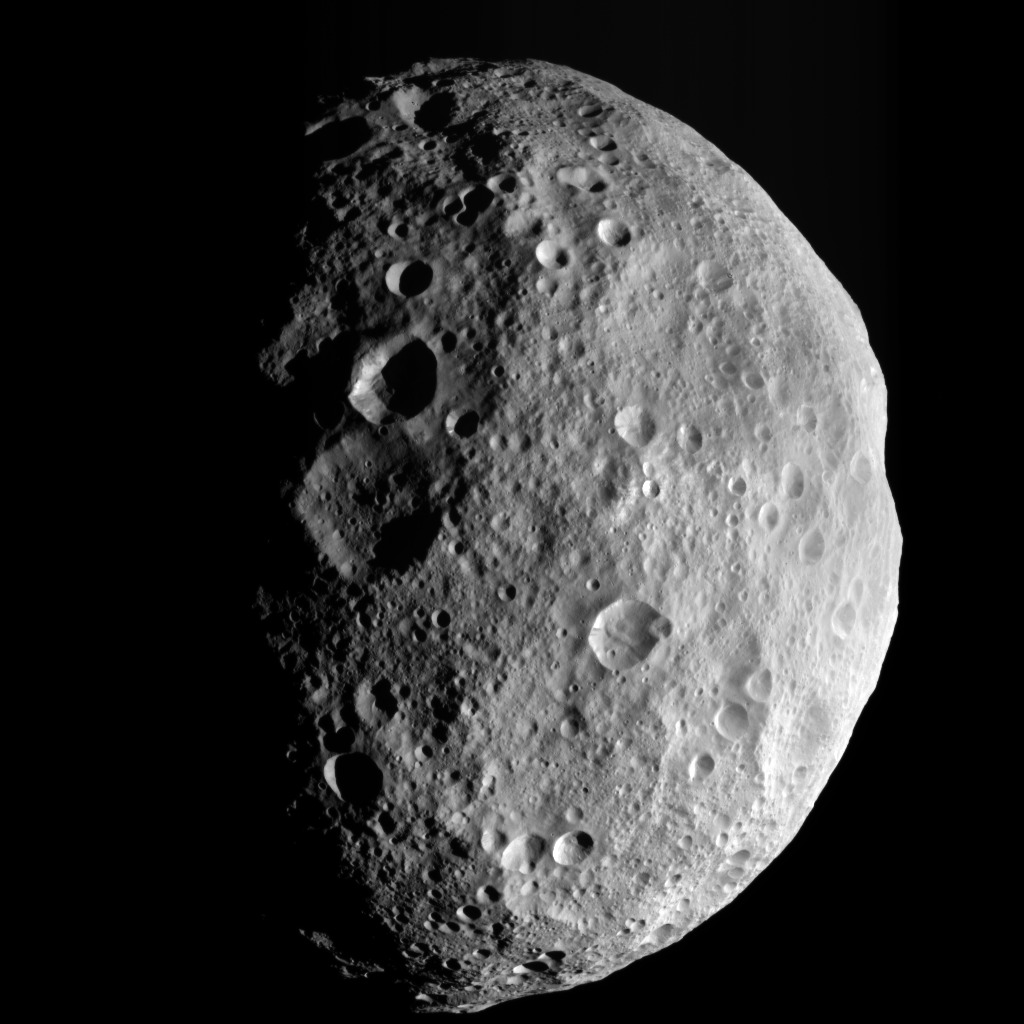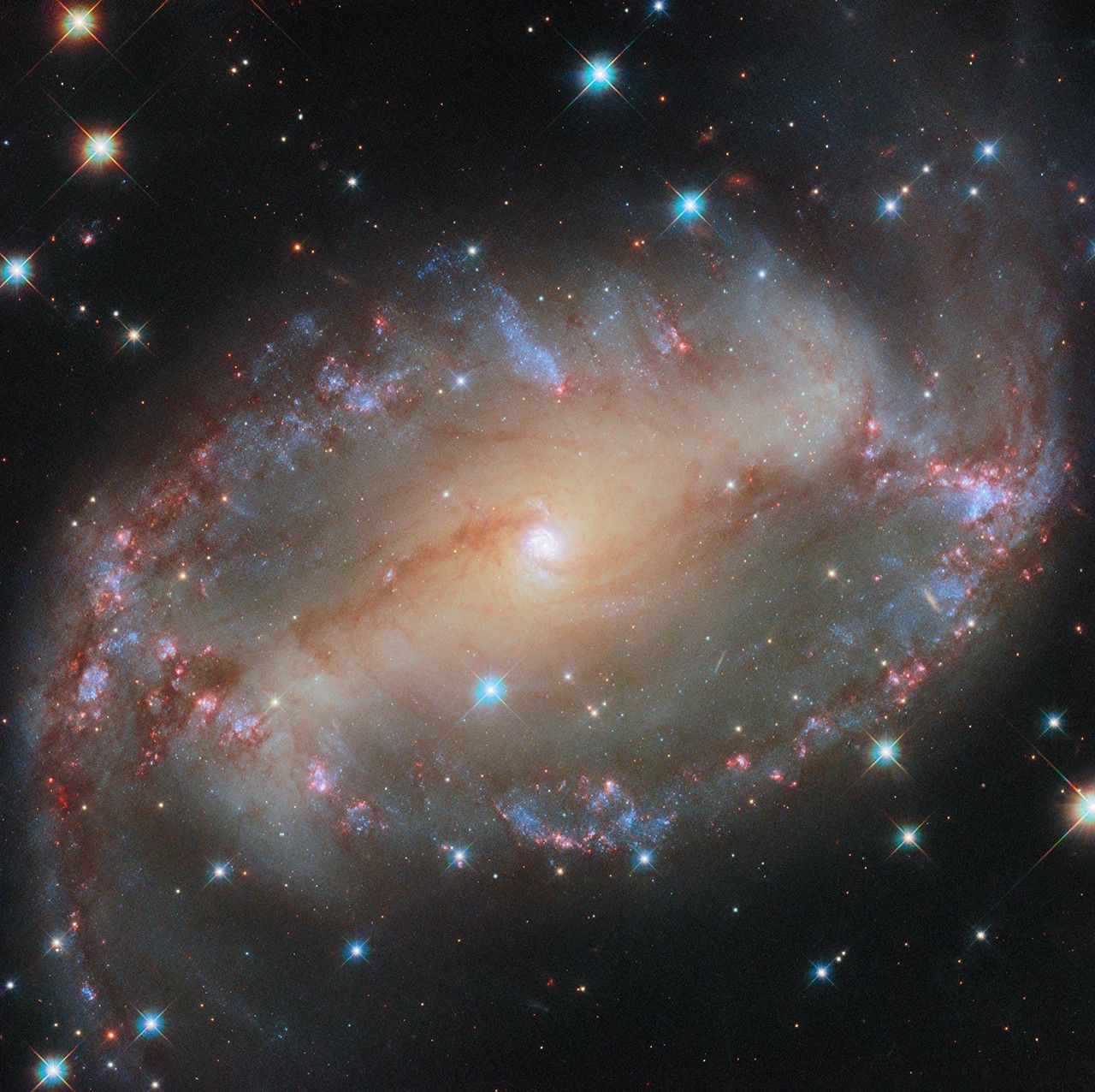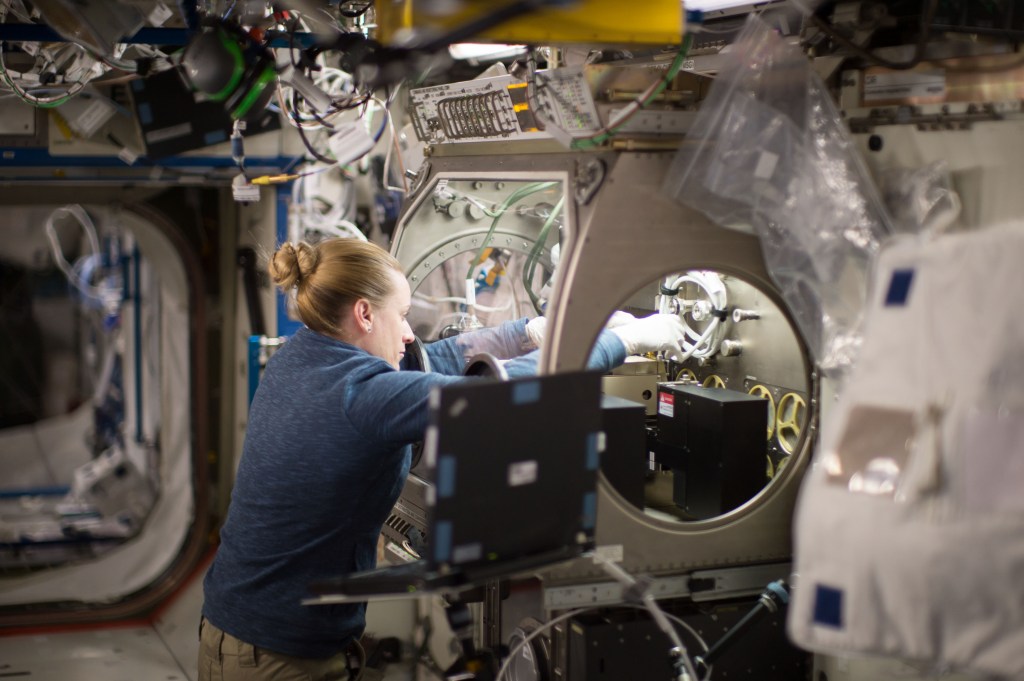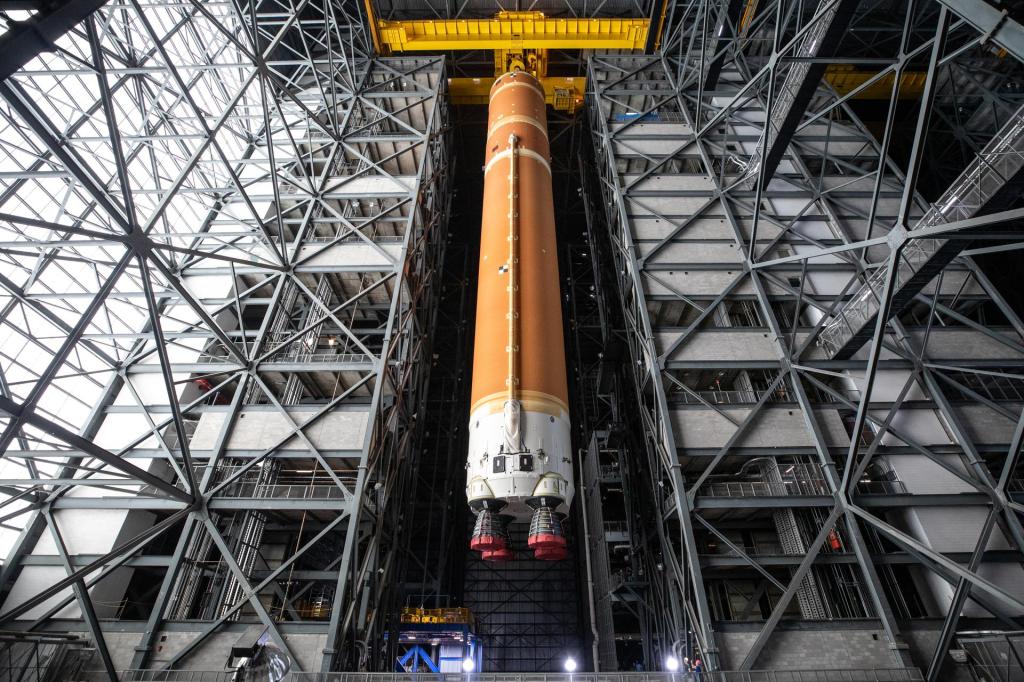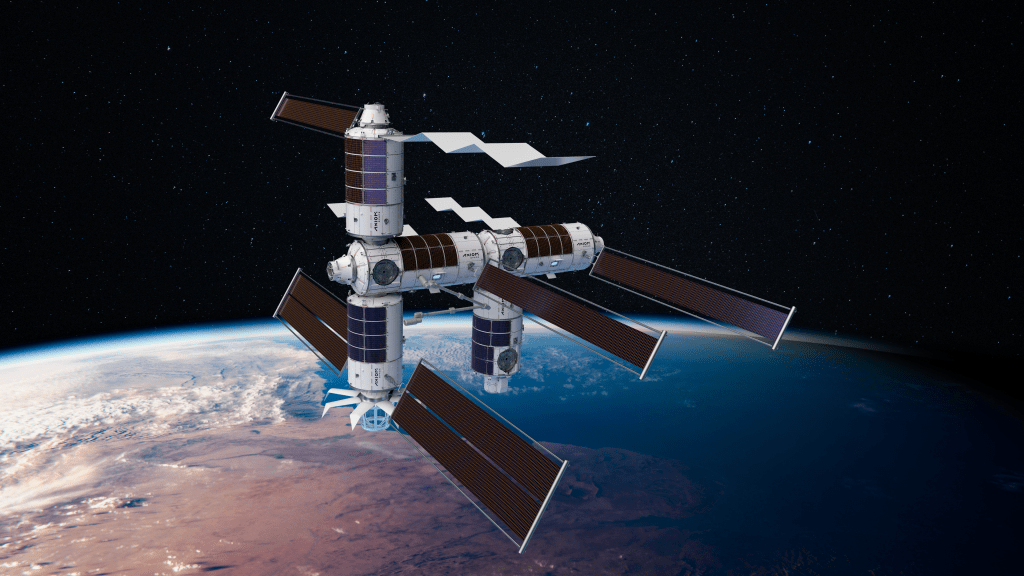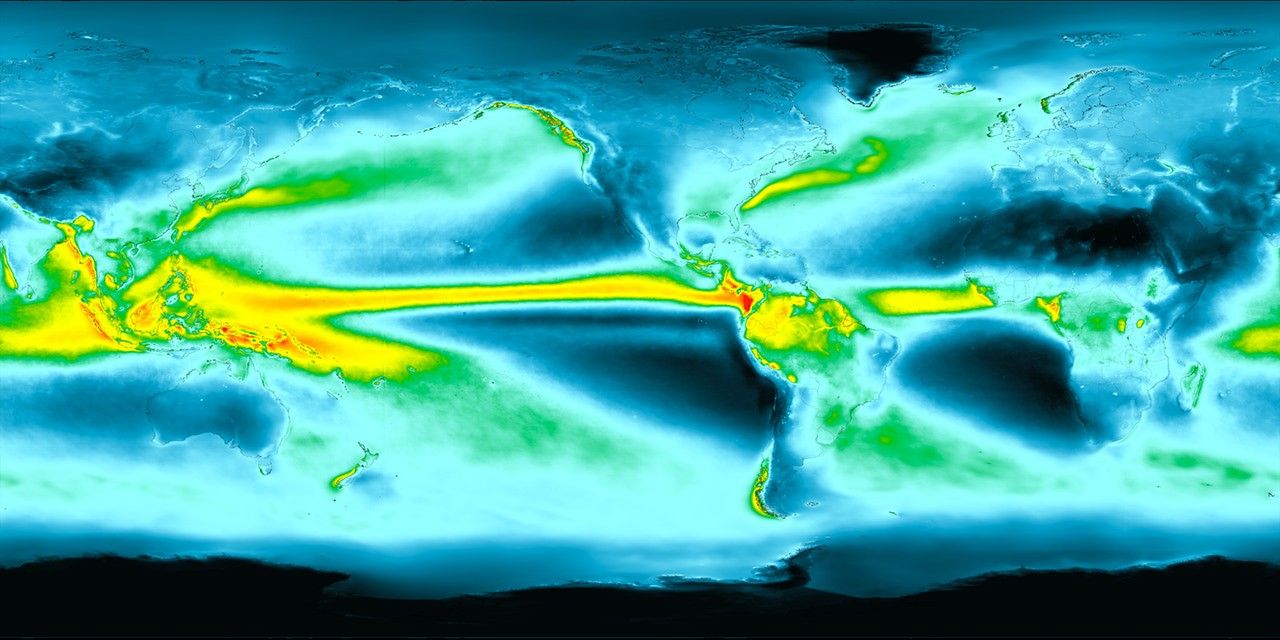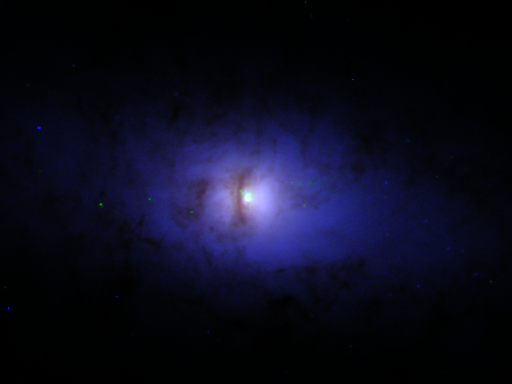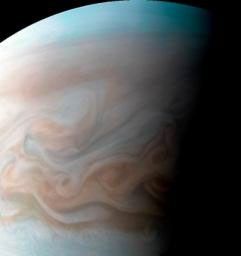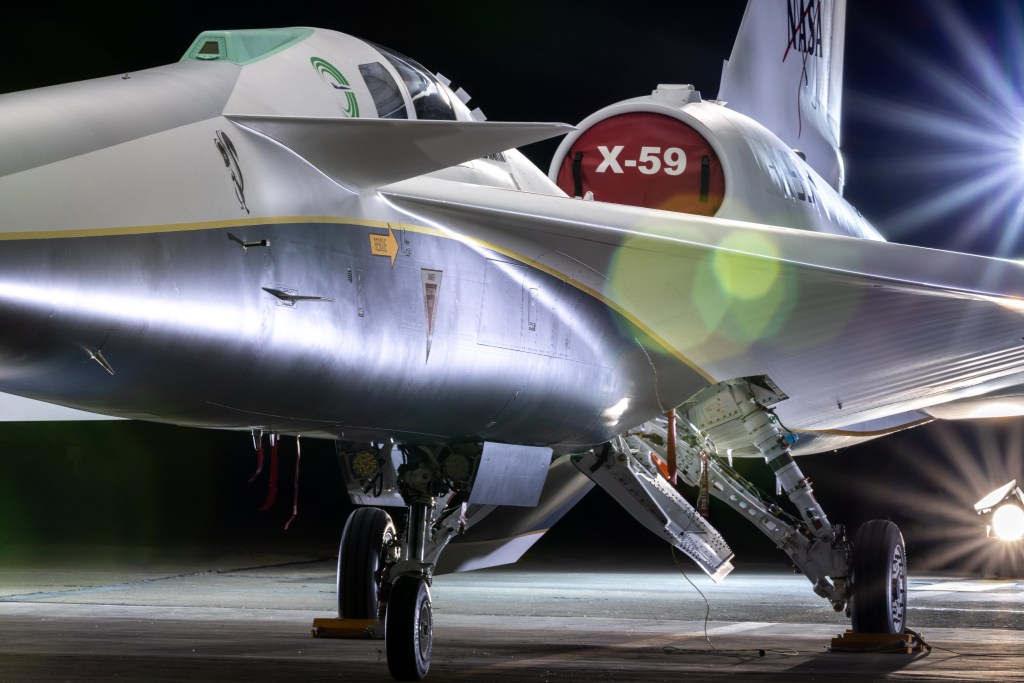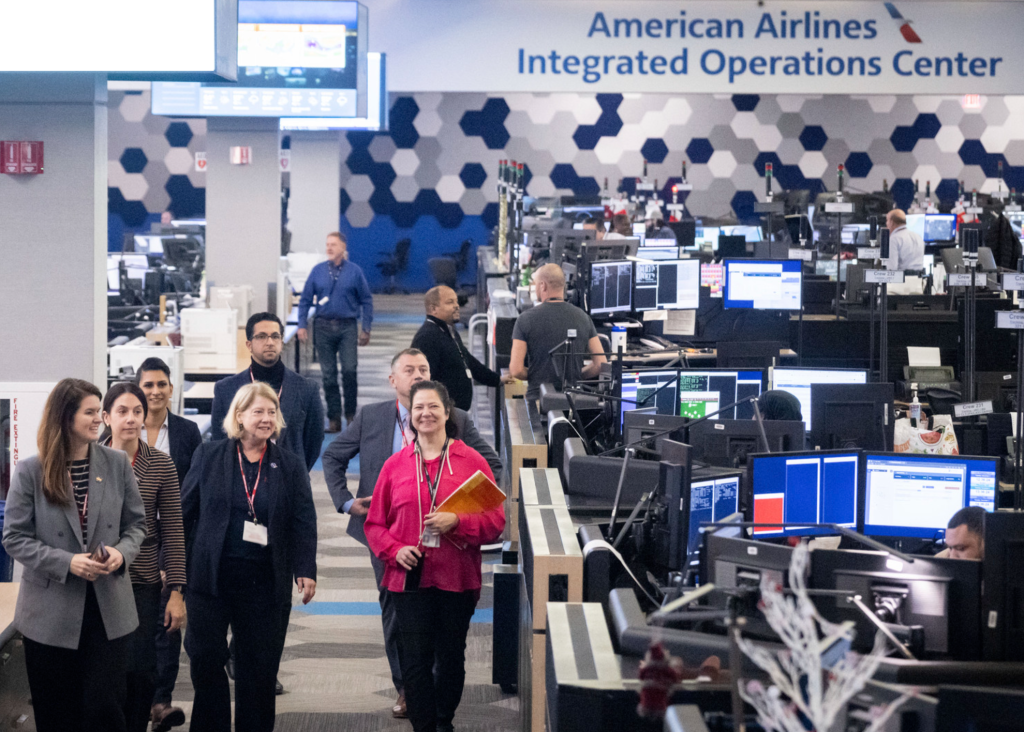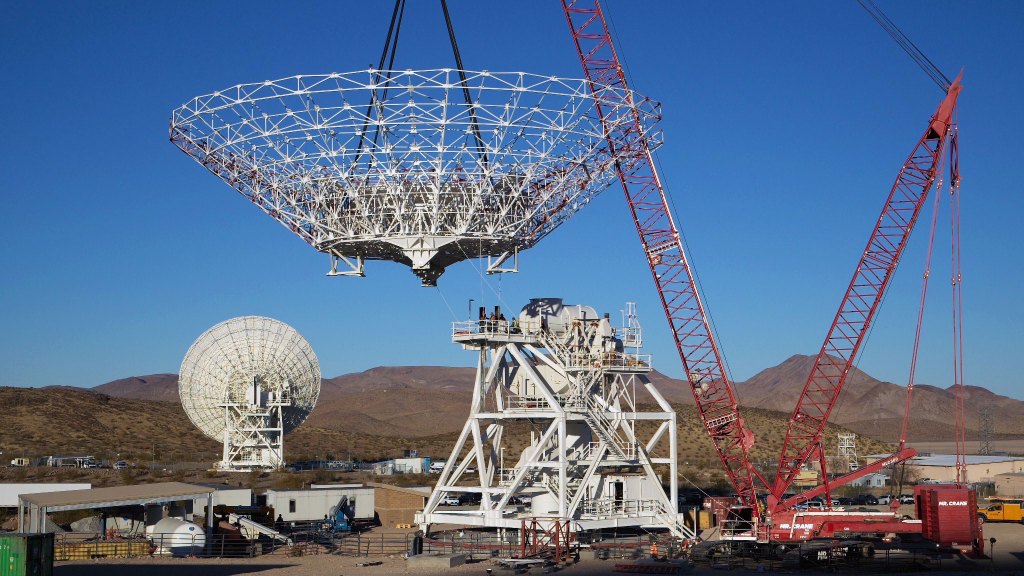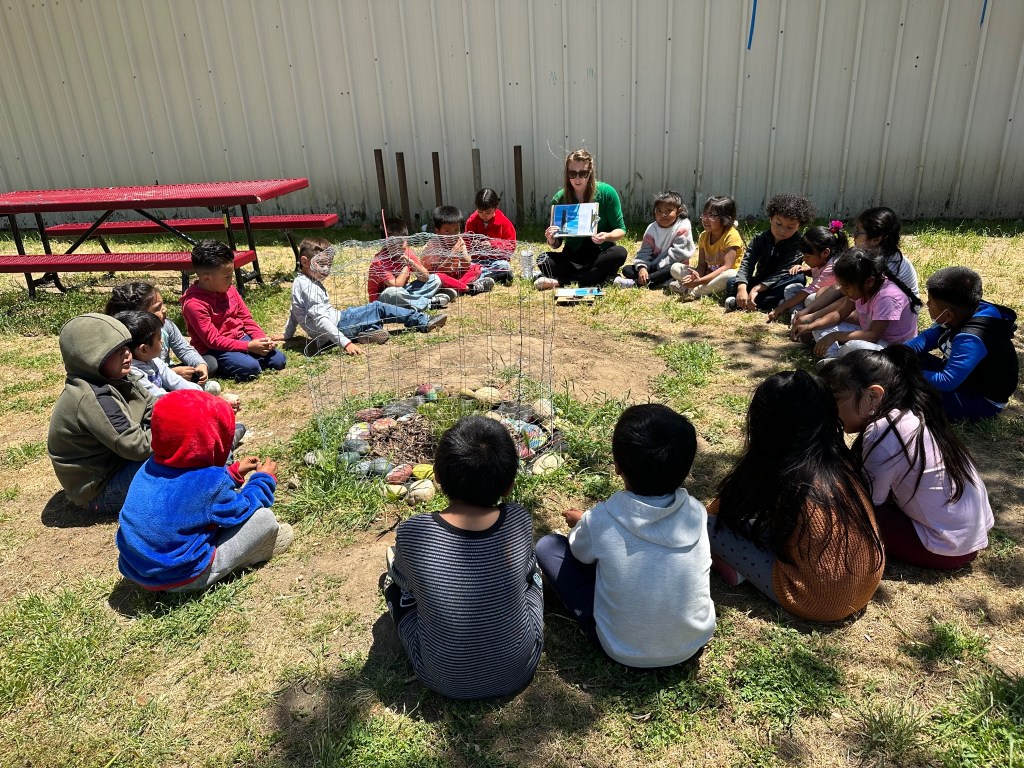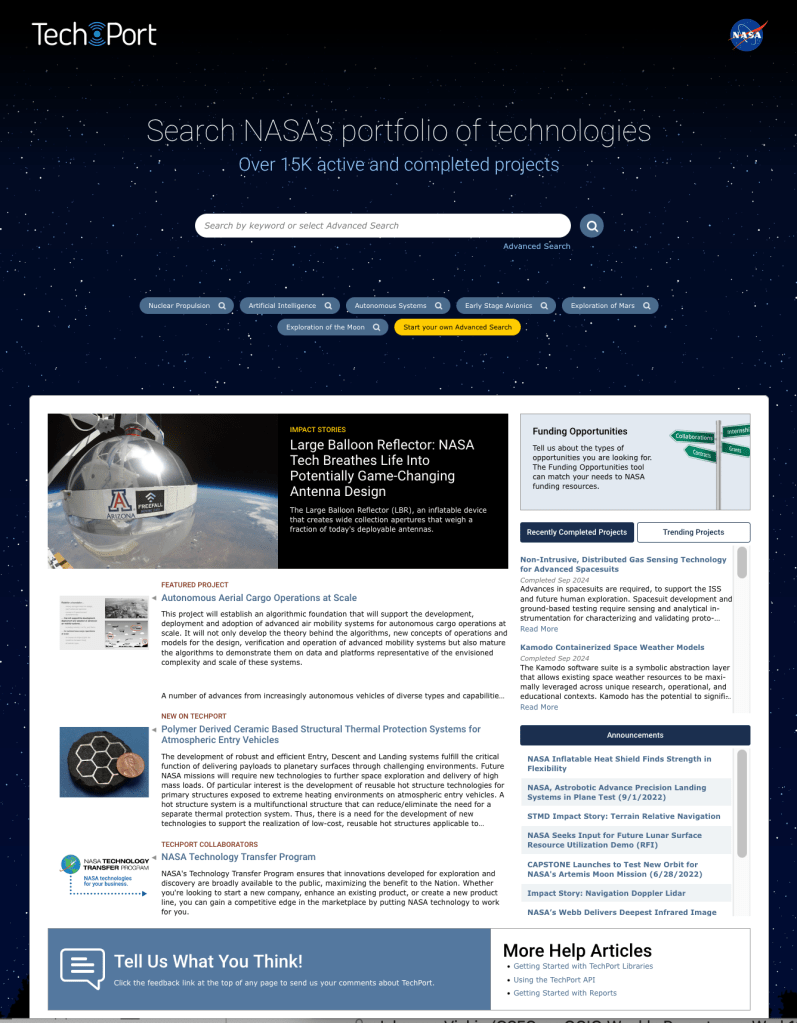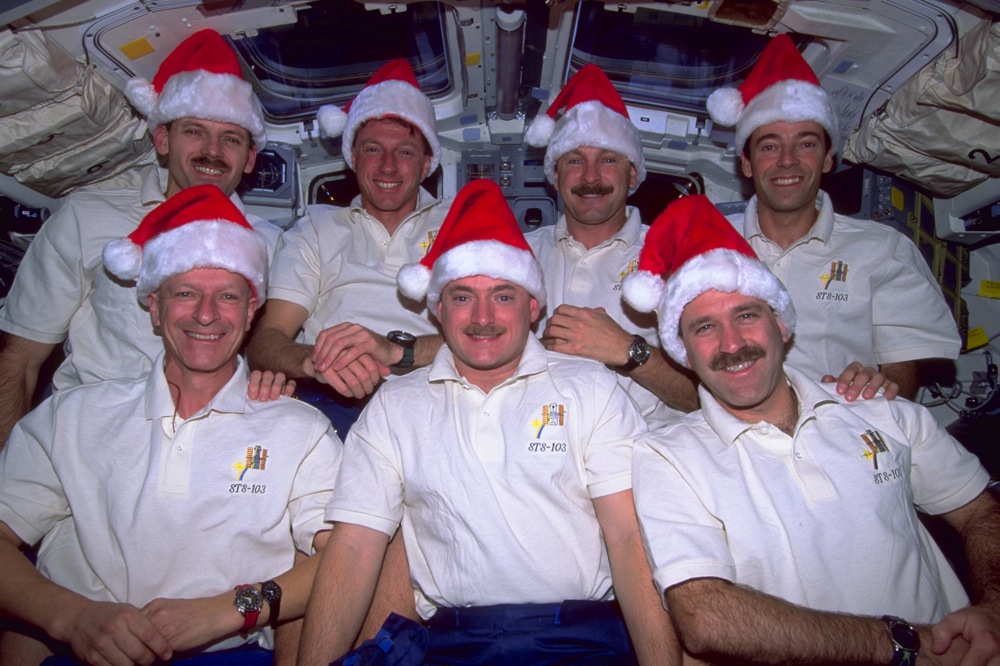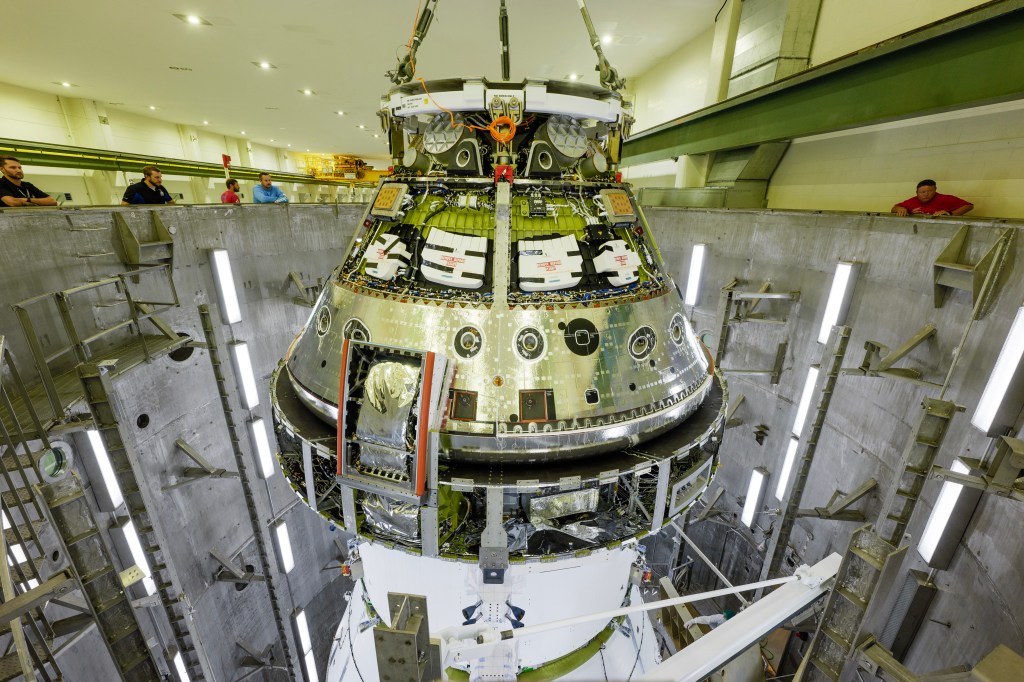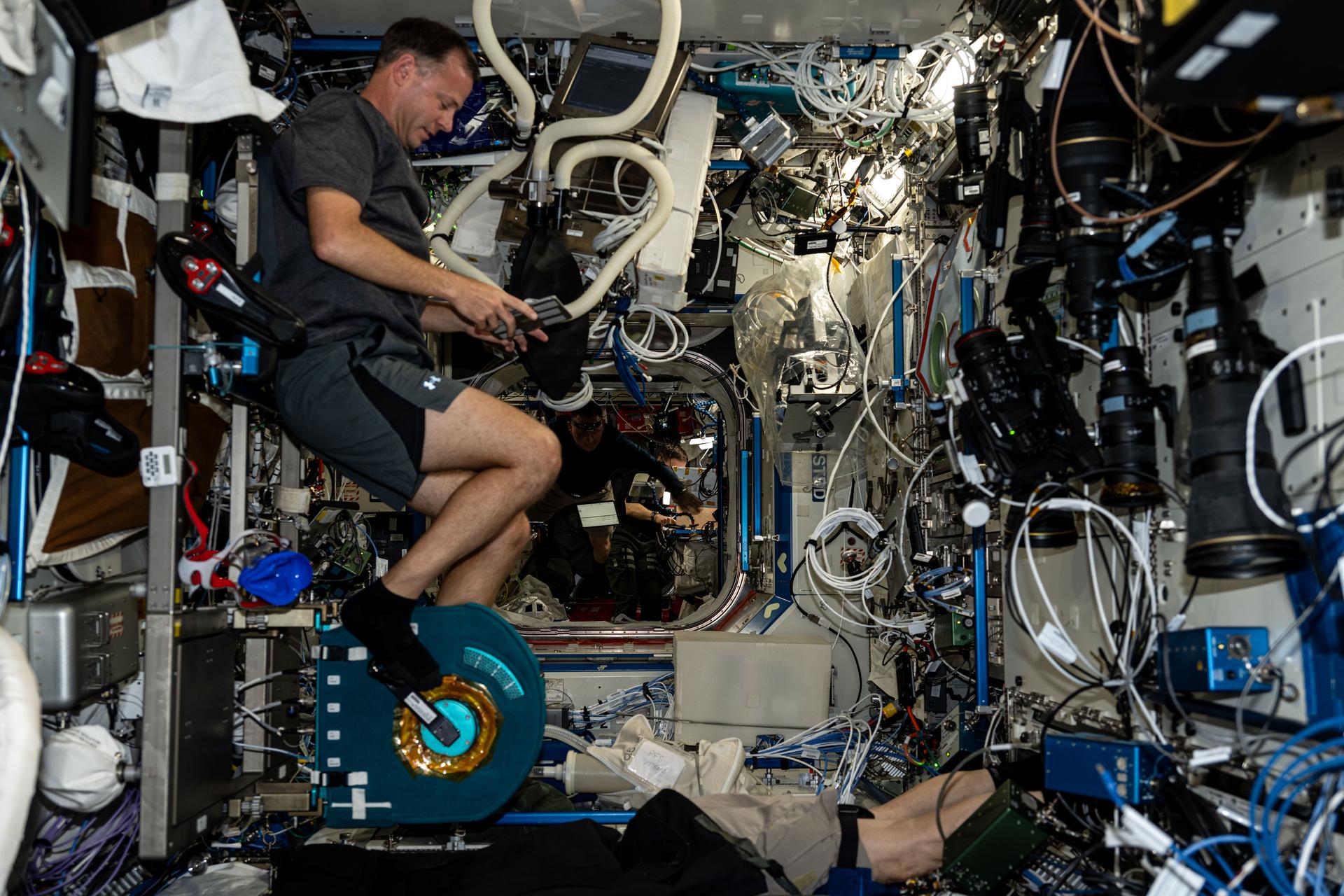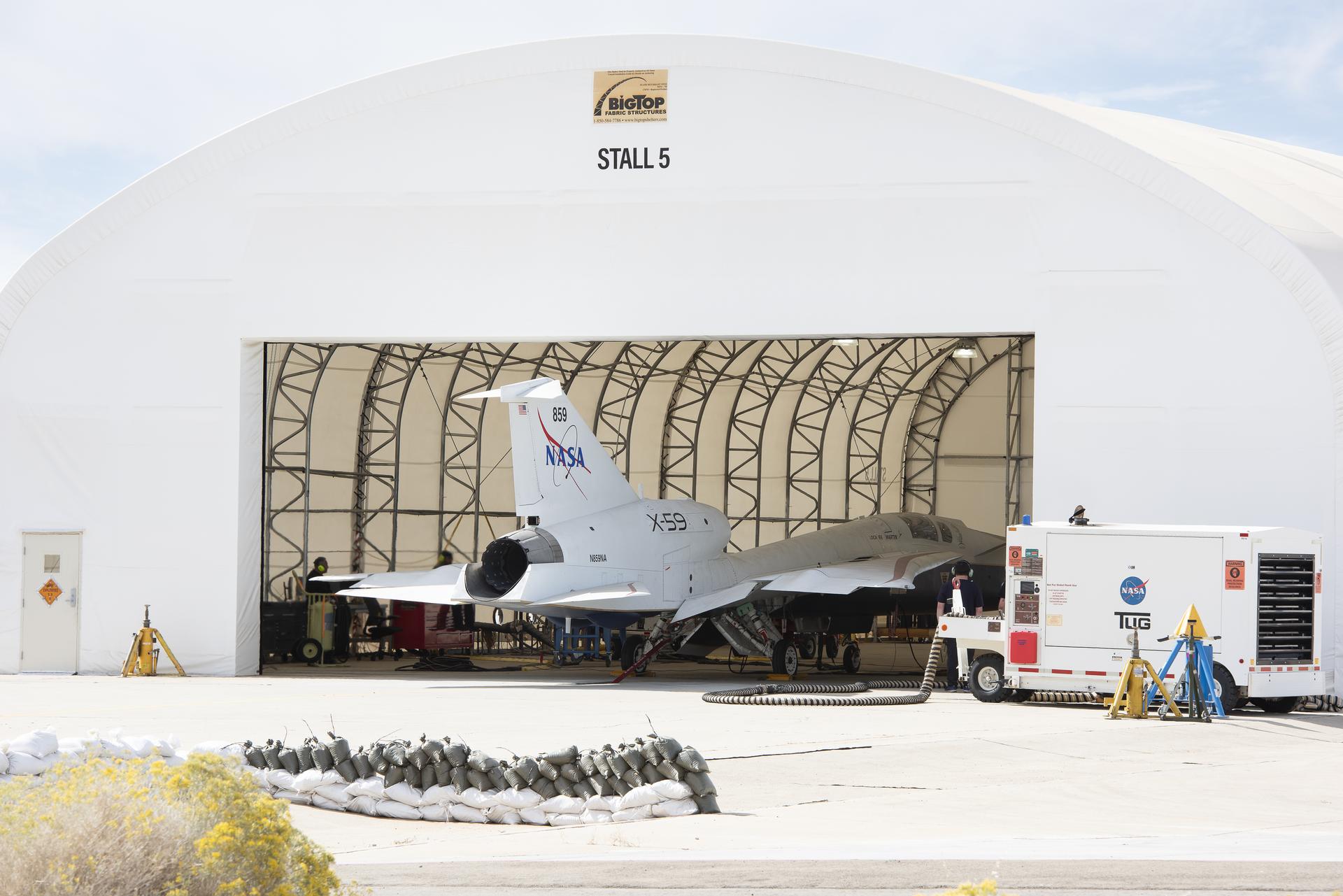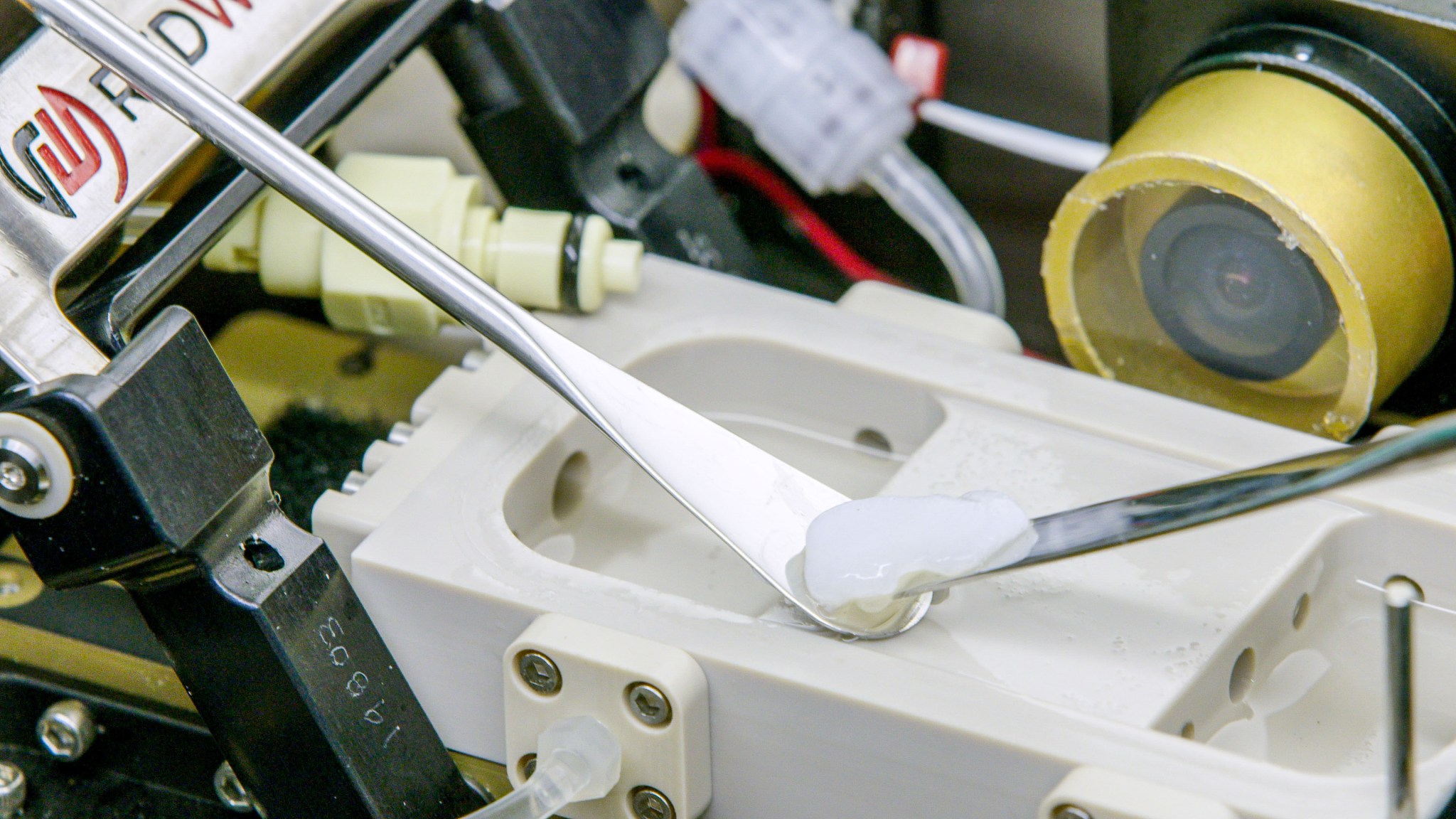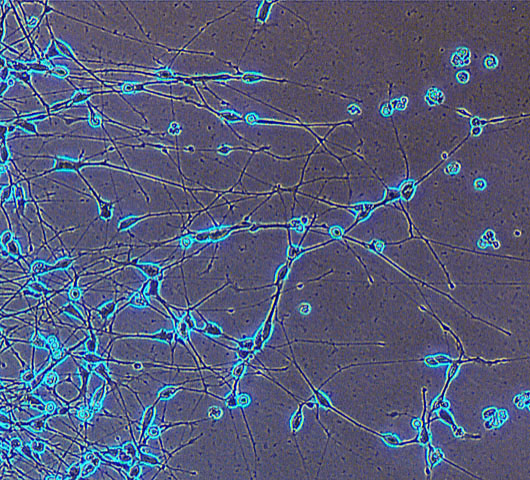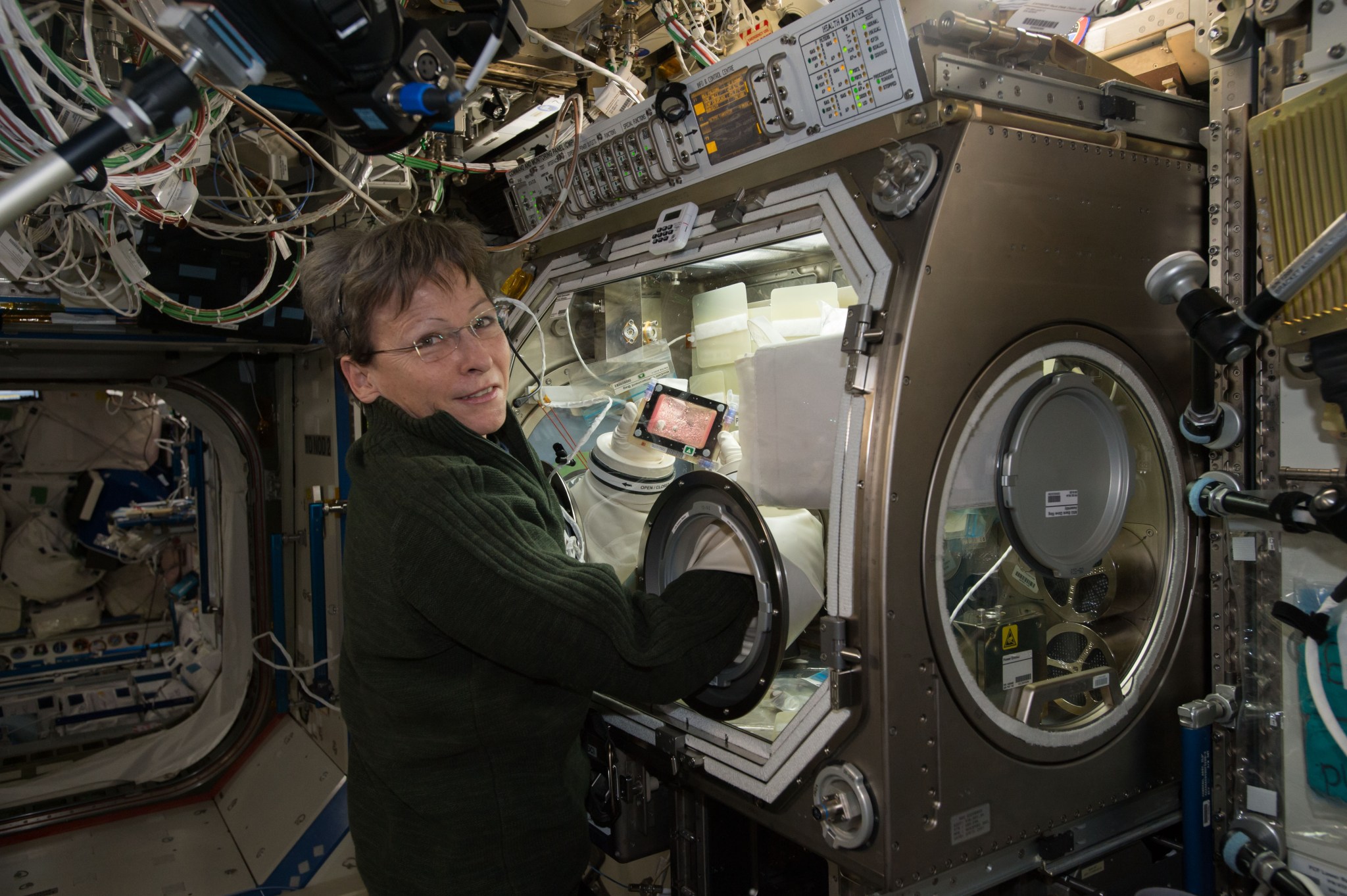Researchers demonstrated the feasibility of 3D bioprinting a meniscus or knee cartilage tissue in microgravity. This successful result advances technology for bioprinting tissue to treat musculoskeletal injuries on long-term spaceflight or in extraterrestrial settings where resources and supply capacities are limited.
BFF Meniscus-2 evaluated using the BioFabrication Facility to 3D print knee cartilage tissue using bioinks and cells. The meniscus is the first engineered tissue of an anatomically relevant shape printed on the station. Manufactured human tissues have potential as alternatives to donor organs, which are in short supply. Bioprinting in microgravity overcomes some of the challenges present in Earth’s gravity, such as deformation or collapse of tissue structures.
Complex cultures of central nervous system cells known as brain organoids can be maintained in microgravity for long periods of time and show faster development of neurons than cultures on Earth. These findings could help researchers develop treatments for neurodegenerative diseases on Earth and address potential adverse neurological effects of spaceflight.
Cosmic Brain Organoids examined growth and gene expression in 3D organoids created with neural stem cells from individuals with primary progressive multiple sclerosis and Parkinson’s disease. Results could improve understanding of these neurological diseases and support development of new treatments. Researchers plan additional studies on the underlying causes of the accelerated neuron maturation.
Researchers demonstrated that induced pluripotent stem cells (iPSCs) can be processed in microgravity using off the-shelf cell culture materials. Using standard laboratory equipment and protocols could reduce costs and make space-based biomedical research accessible to a broader range of scientists and institutions.
Stellar Stem Cells Ax-2 evaluated how microgravity affects methods used to generate and grow stem cells into a variety of tissue types on the ground. iPSCs can give rise to any type of cell or tissue in the human body, and insight into processing in space could support their use in regenerative medicine and future large-scale biomanufacturing of cellular therapeutics in space.

